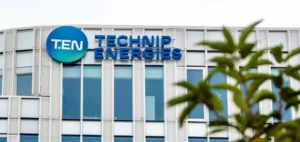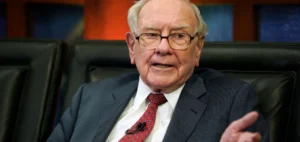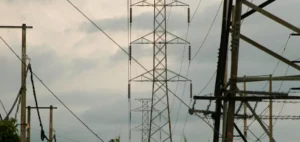Australian mining giant BHP announced on Tuesday that its profits for the 2022-2023 financial year to the end of June had fallen by almost 40%, attributed to inflation and falling commodity prices.
Annual profit down 37% for BHP like rival Rio Tinto, confident despite uncertainties in the Chinese market
BHP posted an annual profit of $13.4 billion, down 37% on last year, while its worldwide revenues fell by 17% to $53.8 billion. BHP said the slowdown in China’s real estate sector remained a major source of uncertainty and could disrupt future demand for the main exports of iron ore used in steelmaking. China’s recent decision to resume imports of Australian coal has had “little perceptible impact” on the company.
Despite weaker-than-expected earnings, BHP said it was confident that global demand for iron ore, coal and copper would remain “relatively robust”. One of Australia’s biggest carbon polluters, BHP also boasted of its progress in reducing greenhouse gas (GHG) emissions, which it says it aims to cut by 30% by the end of the decade.
“To date, BHP has the lowest operational GHG emissions of any major mining company,” said CEO Mike Henry.
BHP’s financial results mirror those of its Anglo-Australian mining rival Rio Tinto, which reported a more than 40% drop in profits this year.






















